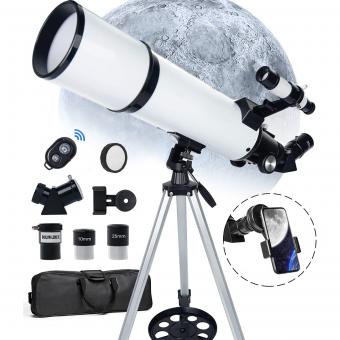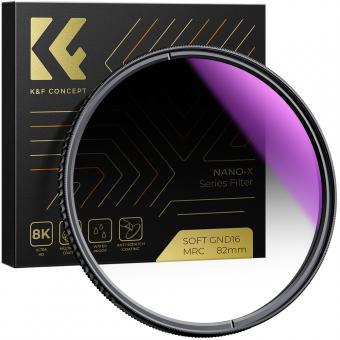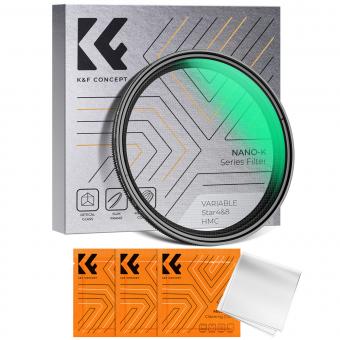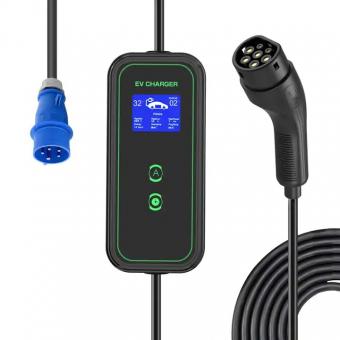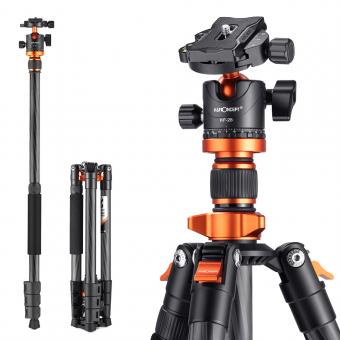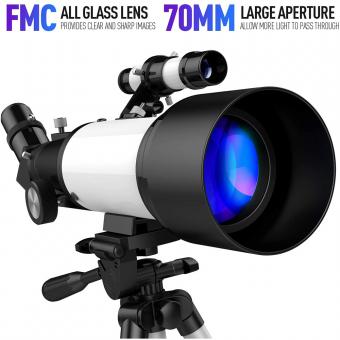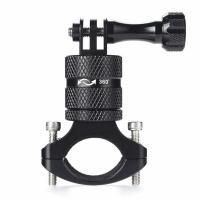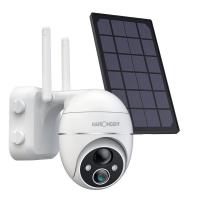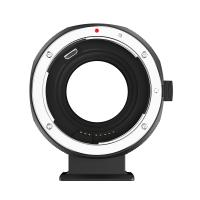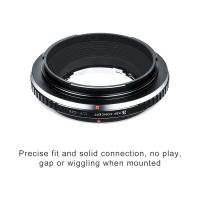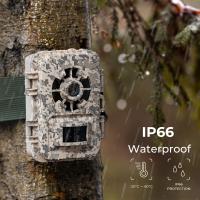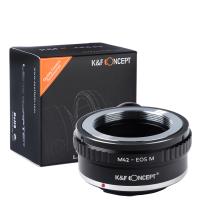What Telescope Do I Need To See Planets ?
To see planets, you will need a telescope with a decent aperture size, which is the diameter of the telescope's main lens or mirror. A telescope with an aperture of at least 70mm is recommended for viewing planets. The larger the aperture, the more light the telescope can gather, resulting in brighter and clearer images. Refractor telescopes are good for viewing planets because they provide sharp and high-contrast images. However, reflector telescopes with larger apertures can also provide excellent views of planets. It is also important to consider the magnification power of the telescope, which is determined by the eyepiece used. A magnification of 50x to 100x is recommended for viewing planets. Keep in mind that the quality of the viewing experience also depends on the atmospheric conditions and the location of the planets in the sky.
1、 Aperture size

The answer to the question "what telescope do I need to see planets?" is aperture size. Aperture size refers to the diameter of the telescope's main optical component, which is the objective lens or mirror. The larger the aperture size, the more light the telescope can gather, and the more detail you can see in the planets.
For viewing planets, a telescope with an aperture size of at least 70mm is recommended. However, the larger the aperture size, the better the view. A telescope with an aperture size of 100mm or more is ideal for viewing planets.
It is important to note that the quality of the optics is also important. A telescope with a larger aperture size but poor optics may not provide a better view than a smaller telescope with high-quality optics.
Additionally, the atmosphere can affect the view of planets. On nights with poor atmospheric conditions, even a large telescope may not provide a clear view. Therefore, it is important to choose a location with good viewing conditions and to wait for clear nights to get the best view of the planets.
In recent years, there has been a growing interest in using telescopes with smaller aperture sizes for planetary viewing. This is due to advances in technology, such as high-quality eyepieces and image processing software, which can enhance the view even with smaller telescopes. However, for the best view of planets, a telescope with a larger aperture size is still recommended.
2、 Focal length
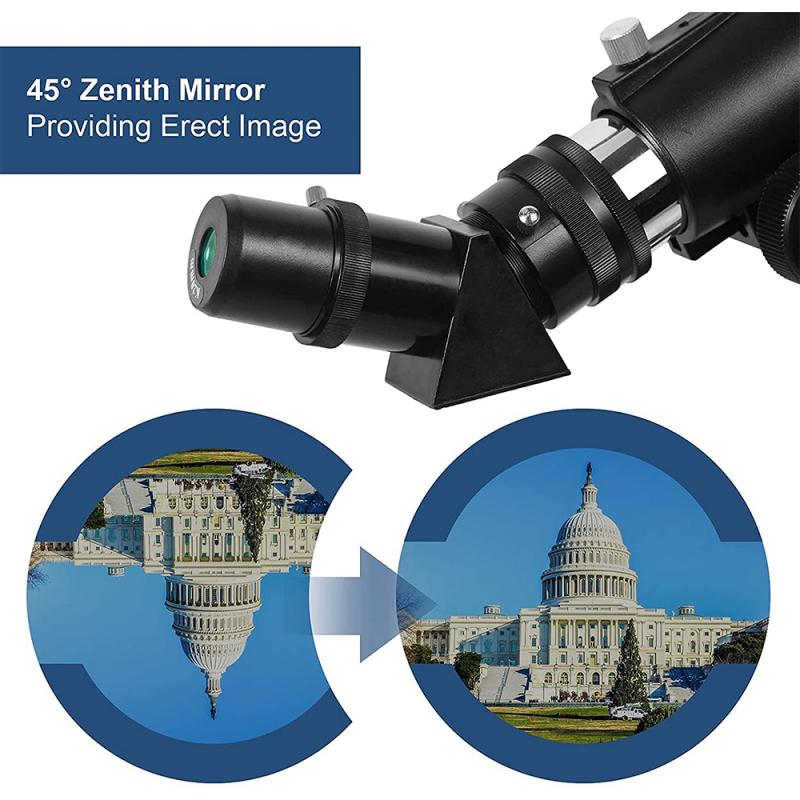
"What telescope do I need to see planets?" is a common question among amateur astronomers. The answer to this question is "focal length." Focal length is the distance between the lens or mirror of a telescope and the point where the light rays converge to form an image. The longer the focal length, the higher the magnification of the telescope.
To see planets, you need a telescope with a focal length of at least 500mm. However, the ideal focal length for planetary observation is between 1000mm and 2000mm. This will provide a magnification of 100x to 200x, which is sufficient to see the details of planets such as Jupiter's cloud bands, Saturn's rings, and the polar ice caps of Mars.
It's important to note that the aperture of the telescope is also important. The aperture is the diameter of the lens or mirror of the telescope. The larger the aperture, the more light the telescope can gather, resulting in a brighter and clearer image. A telescope with an aperture of at least 70mm is recommended for planetary observation.
In recent years, there has been a growing trend towards using computerized telescopes that can automatically track celestial objects. These telescopes are equipped with GPS and can be controlled using a smartphone app. They are ideal for beginners who are just starting out in astronomy.
In conclusion, to see planets, you need a telescope with a focal length of at least 500mm and an aperture of at least 70mm. However, the ideal focal length for planetary observation is between 1000mm and 2000mm. Computerized telescopes are also a great option for beginners.
3、 Magnification
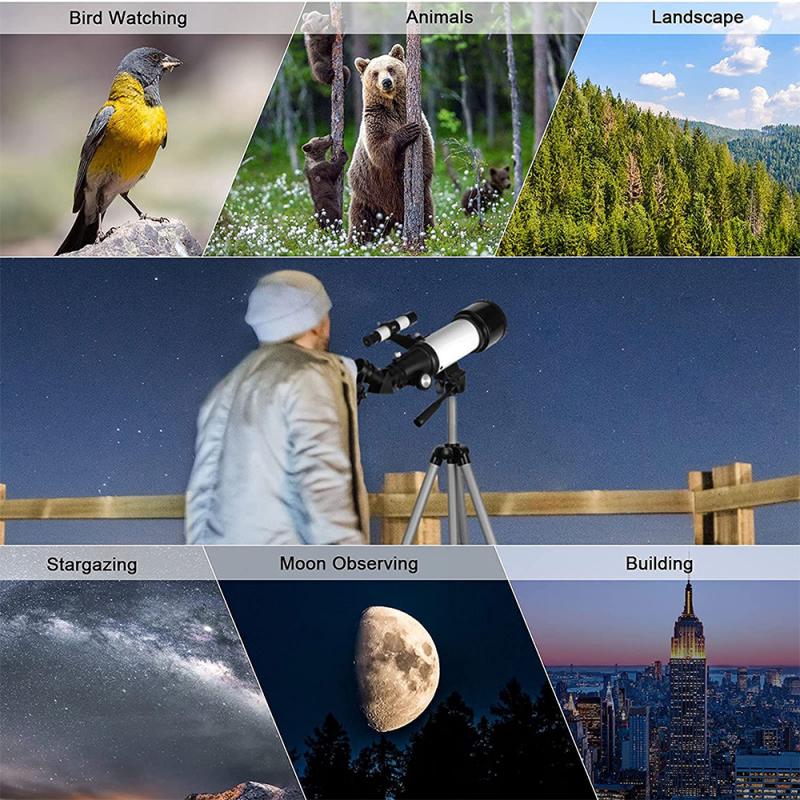
What telescope do I need to see planets? The answer to this question depends on several factors, including the size of the telescope, the quality of the optics, and the magnification power. Generally, a telescope with a minimum aperture of 70mm is recommended for viewing planets. However, larger apertures will provide better image quality and more detail.
Magnification is also an important factor to consider when choosing a telescope for planetary viewing. While high magnification can bring planets closer, it can also make the image blurry and reduce image quality. A good rule of thumb is to use a magnification of no more than 50 times the aperture in inches. For example, a 70mm telescope should not exceed 140x magnification.
It's important to note that while a telescope is necessary for viewing planets, atmospheric conditions can greatly affect the quality of the image. On nights with poor seeing conditions, even the best telescope may not provide clear views of planets. Additionally, light pollution can also impact the visibility of planets.
In recent years, advancements in technology have made it possible to view planets with smaller telescopes and even with smartphones. Smartphone adapters can be used to attach a phone to a telescope, allowing for easy planetary photography. However, for the best viewing experience, a dedicated telescope is still recommended.
4、 Optical quality
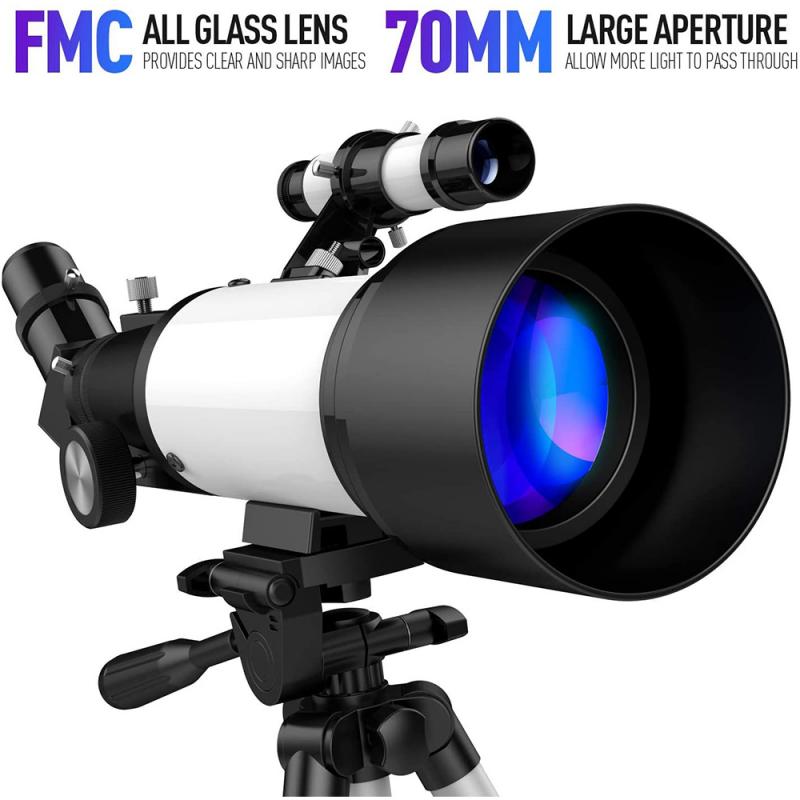
What telescope do I need to see planets? The answer to this question depends on several factors, including your budget, observing location, and observing goals. However, one of the most important factors to consider is optical quality.
To see planets clearly, you need a telescope with good optical quality. This means that the telescope's lenses or mirrors are free from defects that can cause distortions or aberrations in the image. A telescope with good optical quality will provide sharp, clear views of planets and other celestial objects.
There are several types of telescopes that can provide good optical quality for planetary observing. Refracting telescopes, which use lenses to gather and focus light, are a popular choice for planetary observing because they provide sharp, high-contrast images. Reflecting telescopes, which use mirrors to gather and focus light, can also provide good optical quality for planetary observing.
In recent years, there has been a growing interest in using small, portable telescopes for planetary observing. These telescopes, often called "grab-and-go" telescopes, are designed to be easy to set up and use, and they can provide surprisingly good views of planets and other celestial objects.
Ultimately, the best telescope for planetary observing is one that meets your needs and fits your budget. Whether you choose a refracting telescope, a reflecting telescope, or a portable grab-and-go telescope, be sure to choose one with good optical quality to ensure the best possible views of the planets.






